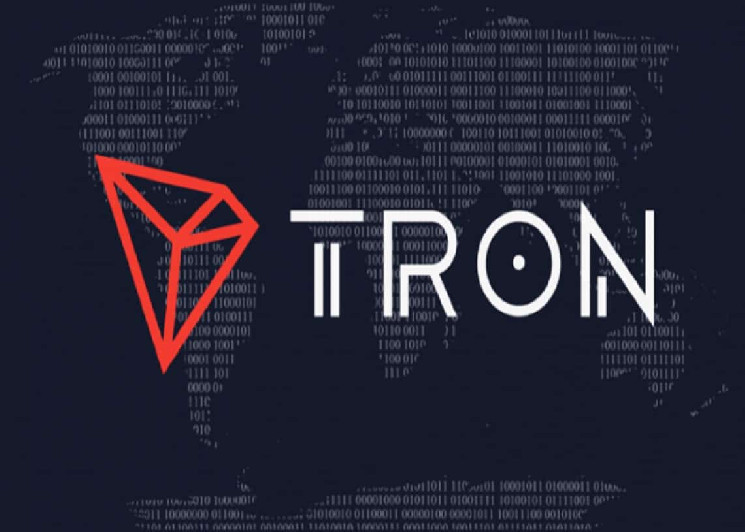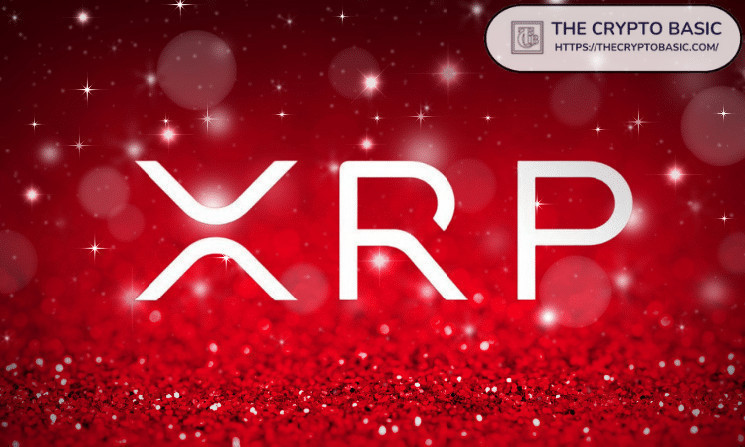DYdX Chain, the blockchain specifically designed for the perpetual futures exchange dYdX, faced a significant disruption early Monday morning due to a “major outage” caused by a scheduled v4 upgrade. After nearly nine hours of downtime, dYdX was able to release a fix for the software bug, allowing enough validators to resume block production midday on Monday. The outage, lasting a total of nine hours and 32 minutes, was reported on dYdX’s status page.
The fix implemented by dYdX was deemed not to be a state-breaking change, ensuring compatibility with earlier versions of the blockchain. Throughout the chain halt, dYdX’s perpetual futures DEX continued to operate without interruption. Despite the disruption, the price of dYdX’s native token (DYDX) surprisingly saw a 4% increase during the outage.
The chain halt was attributed to the inclusion of the wrong version of a bug fix from Cosmos’ IAVL library in the dYdX software release, causing network state corruption during the upgrade. This incident placed dYdX among other recent disruptions in blockchain networks, including Solana and Polygon zkEVM.
On a positive note, DYdX Chain’s v4 upgrade brought minor updates to the trading platform and introduced a mechanism for slashing malicious validators through a governance vote. The upgrade, which was approved by the community in a near-unanimous vote, was anticipated to potentially cause disruptions according to the “scheduled maintenance report.”
As an app-chain built to support dYdX’s derivatives platform, the Cosmos-built dYdX chain entered its beta stage in November and initiated liquid staking for its native token in January. Moreover, dYdX recently passed a proposal to stake 20 million dYdX tokens from its treasury, valued at around $64 million at current prices, using the Cosmos liquid staking platform Stride.
In summary, the outage experienced by DYdX Chain highlighted the importance of thorough testing and preparation for blockchain upgrades to minimize disruptions and ensure the continued functionality of essential applications.









